Here is a portion of Jedidiah Morse’s 1828 map of Asia showing the Arabian Peninsula (available from the David Rumsey collection of historic maps). So if Joseph somehow managed to gain access to this map, could anyone suggest how he would use this to craft the remarkably plausible description of travel through the Peninsula in First Nephi 16 and 17? You know, directions, place names such as Nahom, plausible locations for Bountiful, Shazer, and the Valley of Lemuel, and so forth?
Somehow this map must hold the answer, but I need a little help to see how. Maybe the answer is in the earlier book of Jedidiah Morse, Geography Made Easy. It can be viewed online. I’ve been looking through it but don’t see anything that Joseph Smith could have used to fabricate his gems in First Nephi. Can you offer any help? Help is what I need in order to respond to this recently received email:
You write like an intelligent person. How is it you are still mired in LDS quicksand. Your comments on how Joseph Smith knew so much about the Arabian peninsula is without merit.
There existed in his time a school book entitled Geography Made Easy, Jedidiah Morse,1813. Smith lived just 2 miles from Palmyra,NY. Where there were several bookstores and a library. No record of his visit though. He also received regularly the Palmyra Register, and later the Wayne Sentinel. The offices of which served double duty as a library. He had ample access to this information.
Not a very big leap of prophecy. More than a small step.
How do you respond to this fact!
I’m missing something here, so I’d appreciate your help. Just how does Jedidiah Morse provide Joseph Smith with the information he needed to impress so many of us over 150 years later with the apparent “direct hits” in the Arabian Peninsula?
Update: My search through Jedidiah Morse’s Geography Made Easy has proven to be most disappointing. Was there a secret companion volume that Joseph might have used? After patiently downloading the 26 megabyte PDF file containing the scanned book (click here and then click on the “PDF” button), I was expecting a lengthy discussion of Arabia to be among its 337 pages. Instead, there is one short page of text and one map of Asia, neither of which I found helpful. The text and map are below, with a zoomed-in section showing Arabia. Click to enlarge.
While the colored map that was printed in 1828 shows “Felix Arabia” along the southern coast, we do not have that feature in the black-and-white map in Morse’s earlier book. But we do have a mention of “Happy Arabia” (Arabia Felix). Was this enough to guide Joseph Smith?
The middle, called Arabia Deserta, is overspread with barren mountain, rocks and sandy deserts. But the southern parts, deservedly called the Happy, although the air is hot and unwholesome, is blessed with an excellent, and very fertile soil, producing balm of Gilead, manna, myrrh, cassia, aloes, frankincese, spikenard, and other valuable gums; cinnamon, pepper, oranges, lemons, etc.
Hmm, I’m struggling with this. There doesn’t seem to be much guidance given as to how one goes from Jerusalem to Bountiful, or where Bountiful is. Instead of Bountiful on the eastern coast, where excellent candidates exist, the best we can do based on Morse is head for the more southern parts – but how to get across all the barren rocks and sandy deserts of the middle section? And once we get to the south, mind you, we might expect a fabricated Book of Mormon to have Laman and Lemuel whining about the “hot and unwholesome” air, while Nephi says something like, “Behold, we did rejoice in the spikenard and other exceedingly precious gums,” accompanied by an occasional miracle of healing with the balm of Gilead, perhaps after Lemuel pummels him with lemons. But such inspiring drama based on Jedidiah Morse seems conspicuously absent from the Book of Mormon, while Nephi’s tale seems utterly unrelated to anything Morse describes.
Joseph Smith, ever the reckless plagiarizer, didn’t even have the courtesy to borrow a few of the place names that Jedidiah offered on his maps (why not mention Sana, Medina, Mecca, or especially Mocha?), stubbornly sticking with names like Shazer, Nahom, and Bountiful. And foolishly, Joseph insisted on having Lehi’s crew traipse straight through the middle section of Arabia (following a south-southeast direction that would later be understood to be completely plausible), and then, having buried Ishmael at Nahom (the name corresponding to an ancient burial site and an ancient tribe in that region, verified by the modern discovery of engraved altars from that era), Joseph completely disses Morse by failing to continue south into Happy Arabia, but instead has Nephi turn nearly due east – in a strangely plausible manner that precisely bypasses two major sections of the vast Empty Quarter, heading for the eastern coast, where they encounter Bountiful, a place so pleasant that Laman and Lemuel don’t want to leave, a place that now, long after Joseph’s day, appears remarkably plausible. Perhaps the hot and unwholesome air of Happy Felix scared Joseph off. But I still insist it was a missed opportunity for our careless fabricator, even though you have to admit he got awfully lucky with his wildly uneducated guesses about the Arabian Peninsula. So lucky it’s almost as if First Nephi were written by someone who actually traveled through the Peninsula and saw places like the Valley of Lemuel, Shazer, Nahom, and Bountiful, where the arguably plausible candidates are indeed nearly due east of the ancient burial place Nahom/Nehhem/Nihm.
Frankly, Joseph Smith’s vast frontier library might as well have burned its copies of Jedidiah Morse’s works, for all the good they did him. But that’s just my opinion, and I am still struggling to find an answer for our friend who is convinced that Morse gave Joseph Smith all he needed for the lame “revealed” text in First Nephi dealing with the journey through the Arabian Peninsula. Any hints? Am I missing something? Did Morse, like Solomon Spaulding, have a secret second manuscript with the real stuff that Joseph stole? Perhaps Arabian Geography for Dummies and Charlatans: The Hidden Manuscript?

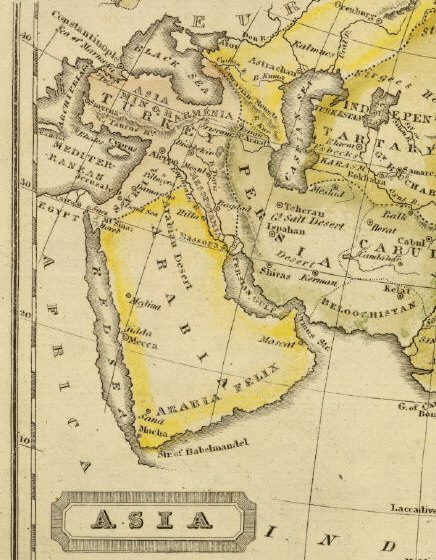
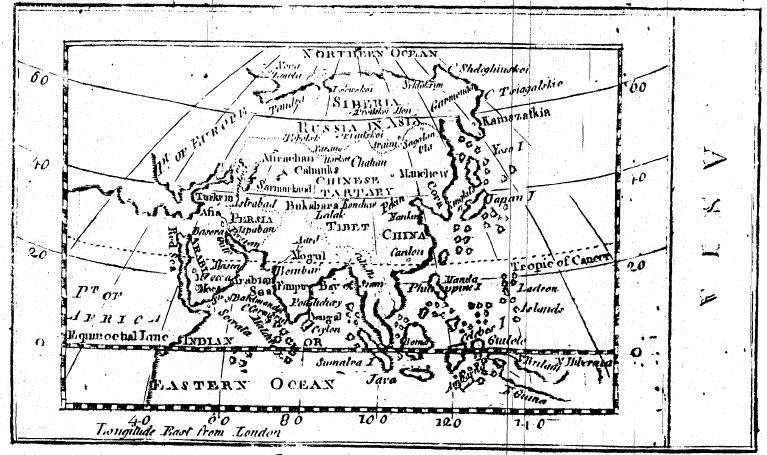
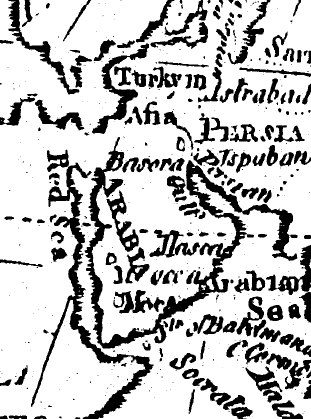
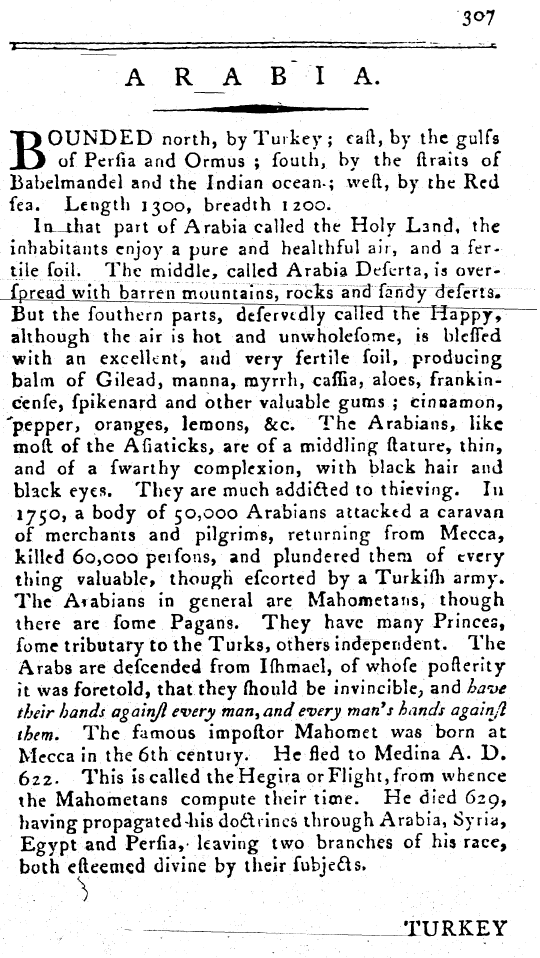

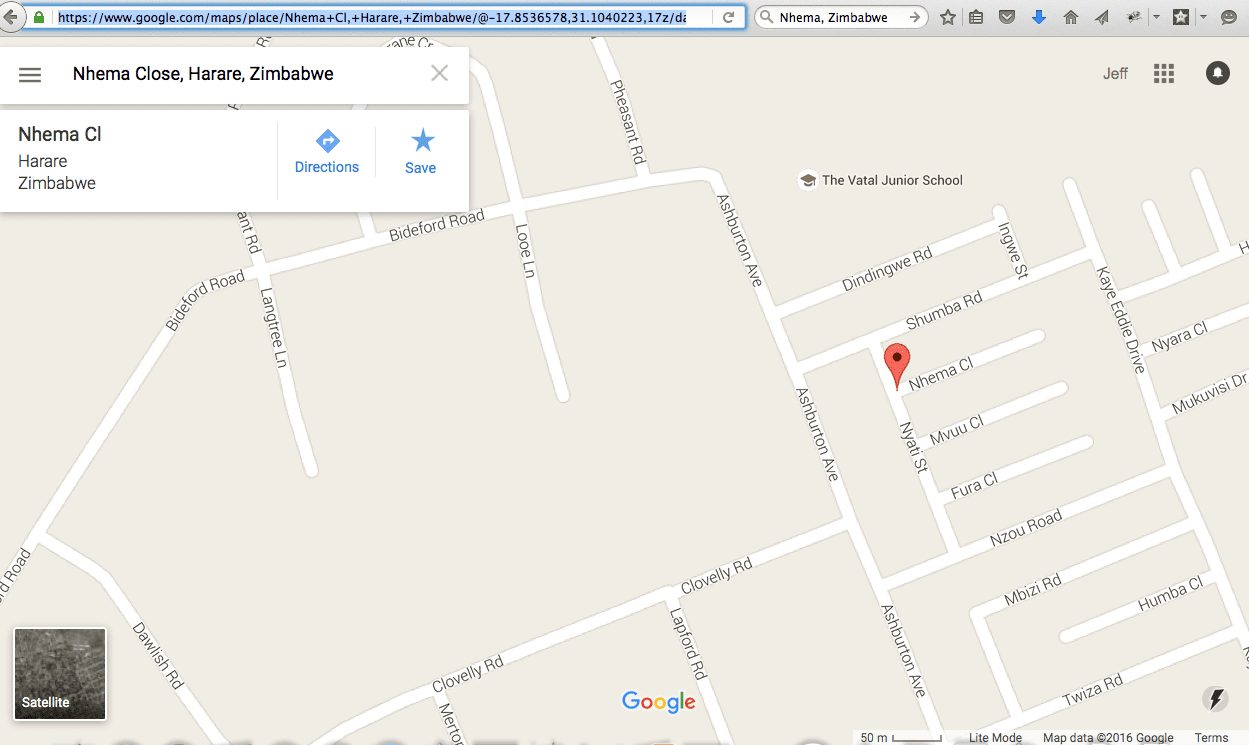
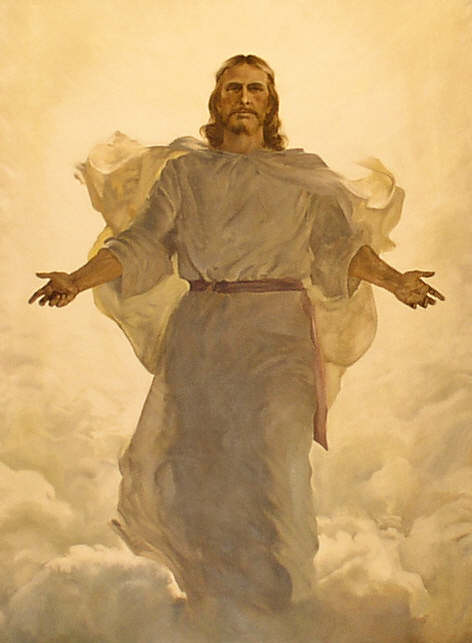







Mormanity, when I read your two most recent posts, I thought of the common blog refrain: “don’t feed the trolls.”
Trolls are people too. When in need, they should be fed.
OK I’ll play devil’s advocate (sort of). According to the oral history of Yemenite Jews in Sanaa, their ancestors left Jerusalem in 629 BC when they heard Jeremiah predict the destruction of the first temple.(1) If Joseph Smith had ever heard this, it might have provided some inspiration for the BoM. Now if only JS somehow new that a rare branch of the Q lineage Q-M323 would be found in Yemenite Jews in 2004, that would clich it because it would establish the presence of Q lineage in ancient Israel. Q is, of course, the dominant paternal lineage of American Indians.
[1] Sarah Szymkowicz, Jewish Virtual Library, http://www.jewishvirtuallibrary.org/jsource/vjw/Yemen.html
[2] Shen 2004
If American Indians have Asian DNA, and that DNA (the Q lineage) is found in Yemenite Jews/Isrealites, does that mean that Asians are also Israelites?
As far as I’m concerned, those who say that DNA disproves the Book of Mormon, are full of baloney. They say “American Indians are descendents of Asians”. Now wouldn’t that be just so cool if we find out that most Asians are also descended of Abraham.
Well, we’re all descended of Adam, anyway. And, even more recently, we’re all descended of Noah. So what does it really matter?
Hey Jeff!
I wandered off to another place on the internet, but I remember you from something like 10 years ago. Nice to see you again. 🙂
A few years ago I ran into a theory — in the form of a fictional series — that the Japanese descended from Hagoth. It was interesting.
Q lineage is rare in East Asia. For example a study (Hammer 2005) effectively provided a Y-chromosome census of the US. The population was divided into 5 groups; Hispanics of any race or color, non-Hispanic whites, non-Hispanic blacks, Native Americans, and Asians. Q was found in all groups except the Asians. The Asian sample was a bit small (62 men) but in a typical group of 62 Jews about 3 would have had Q lineage.
its quiet in here… a little too quiet 🙂
Here is an interesting fact for you to research:
Names of towns in the vicinity of Joseph at the time he wrote the Book of Mormon (and their BofM counterparts)
Actual Town BofM Town
Tecumesh Teancum
Rama Ramah
Morin Moron
Ste Agathe Ogath
Moravian Moriancum
Angola Angola
Oneida Onidah
Kiskiminetas Kishkumen
Jacobsburg Jacobugath
Jerusalem Jerusalem
Alma Alma
Lehigh Land of Lehi-Nephi
Shiloh Shilom
Also note that the towns of Ramah, Moron, Ogath were in the land northward where Rama, Ste Agathe, and Morin are in Canada
And Teancum and Moriancum were near the border of the Land Northward, where Tecumesh and Moravian are near the Canadian border.
Am I the only one that sees an incredible bit of plausibility here?
Oh and Bookslinger, we now know that we are not all descended from Adam…that is, unless you are referring to Biological Adam that lived 65 million years ago. Biological Eve goes back even further.
Plausibility? Maybe as plausible as the traditional explanation, but then again, those stubborns facts about the BOM matching up with the Old World keep coming up again, darn it! ALma, after all, was a feminine name.
In any case, you’ve been reading a little too much Ed Decker. Can’t you be a little more original? Decker is quite hackneyed these days and that’s to say nothing of his credibility.
Furthermore, it might be argued that the similarity came from the settlers decisions to name sites after Old World locations–Jerusalem, Shiloh/m c’mon, man. We both know these are Hebrew names to begin with.
SOme notes on other names:
Rama–Odd, the Tanners failed to point such an easy hit on their website. Why would they pass up red meat like this? http://www.utlm.org/onlineresources/cumorah.htm
Angola
Sjodahl argues that this word is to be found in the Lenape chronicles on the creation, which one scholar claimed shared great similarity with Mosaic traditions.
If JOseph were concocting it from a random thread of his home vicinity, why on earth would it ACTUALLY fit the ARabian peninsula? Because upstate New York used to be adjacent to Arabia in the Pangea days?
That’s not to mention that readers of the Book of Mormon like Brigham Young and certainly Cowdery might have picked up Joseph tomfoolery. Yet they did not.
Finally, you ignore the words that are indisputably foreign to joseph’s experience, such as Pahoran and Paanchi. Jershon makes a beautiful translation into Hebrew (“to inherit”). In 3 Nephi, garb of secrecy appears to be a pun on the Hebrew for “treachery.”
Your list amounts to nipping at heels compared to the real evidence that exists. Next.
I know nothing of what ruduamu2 has just said…but it does sound like something similar to what is found in this person’s blog (clicky, clicky)…
Russell,
Stating Next at the end of your post implies that you solved that one and are asking for the Next one.
Funny, since you haven’t solved anything.
We don’t need to go to the Tanner website to know where the Hill Cummorah is. All we have to do is go to the LDS church.
http://www.mazeministry.com/frontpage/dna/cumorah/cumorahletter.gif
Yes, I am familiar with that letter (which, strikingly, is only tangentially relevant to the issue of city names–a fascinating insight I had heretofore not examined; I thank you for posing a good point that allows me to be more flexible in my thinking).
In any case, I am hesitant–quite–hesitant–to take even that letter as the final word. It is remarkably vague, failing to claim revelation on the matter. There is no “proclamation” or declaration. Most folks assume that Watson was speaking for the church, which is simply not correct given the doucmentary record. Watson gave key clarifications in a 1993 letter:
“The Church emphasizes the doctrinal and historical value of the Book of Mormon, not its geography. While some Latter-day Saints have looked for possible locations and explanations [for Book of Mormon geography] because the New York Hill Cumorah does not readily fit the Book of Mormon description of Cumorah, there are no conclusive connections between the Book of Mormon text and any specific site”
If you’re going to use such evidence, please be thorough. No need to cherry-pick in this circle.
Furthermore, there have simply been too many statements by respectable authorities to the contrary.
George Q. Cannon: There is a tendency, strongly manifested at the present time among some of the brethren, to study the geography of the Book of Mormon. . . . The brethren who lecture on the lands of the Nephites have often been asked to prepare a suggestive map illustrative of Nephite geography, but have never consented to do so. Nor are we acquainted with any of the Twelve Apostles, who would undertake such a task. The reason is, that without further information they are not prepared even to suggest [a solution].
Anthony Ivins: “There has never been anything yet set forth that definitely settles the question [of Book of Mormon geography]. So the Church says, yes, we are just waiting until we discover the truth.”
John A. Widtsoe: “All such studies are legitimate, but the conclusions drawn from them, though they may be correct, must at the best be held as intelligent conjectures”
There is ambiguity here, an ambiguity that has little bearing on my salvation.
Again, this is a non-
ruadamu2: I have read your “amazing list of parallels” with interest. I also read the post to Zelph and it appears likely that you are in fact Zelph. You ought to update your info on your web-site to state accurately you DAMU status.
In any event, it appears to me that your “parallels” are strained at best and don’t constitute parallels really at all. You would have to match up names that are actually similar or identical to those in the Book of Mormon. Tecumsah? Not really close to Teancum in my view. Morin is not Moron. St. Agathe and Ogath? Not even close. Kiskiminetas and Kishkumen? Hardly. Jacobsburg and Jacobugath? Not really. It appears quite desperate to me.
Your explanation for the Book of Mormon on your blog as a pastiche of View of Hebrews and Solomon Spauling is laughable — and your supposed reendition of your attempt to do something Book of Mormonish was good for a belly laugh. It appears that you need a good course on one thing not being like another. I got my training on Sesame Street. I suggest that you start there.
Finally, you ignore the post. You ignore the amazing “turn” of events and that the author of the Book of Mormon knew the territory because he knew where to turn east, knew the names of the turning point and knew the topogoraphy of the terrain. You couldn’t even do that for upstate New York from available sources it appears from your (non)performanc here.
With respect to you skepticbeater, I’m also beginning to think that Jeff is ALSO taking on many pseudonyms. skepticbeater? with 1 profile view? Was the account created specifically for countering ruadamu2/Zelph Mr. Lindsay?
Again, I don’t know much about archaeological theories and what not, but Zelph’s ‘Great Lakes Limited Geography Theory’ is far more likely than Sorenson’s Meso-American theory. Two Hill Cumurahs?! Two massive civilisations travelling THOUSANDS of miles up north to New York to do a battle for where there are NO artifacts? Guatamala as a likely candidate for the Nepthite/Lamanite city? Crazy-talk.
Two-pennies’ worth of course.
Anon. with two pennies. What does it matter? What ruadamu2 said had no sound evidence or reasoning to support it when he claimed the evidence was just obvious. Instead of giving us something of substance you engage in a name-calling attack and suggest that a pseudonym is inappropriate. Interesting for someone who had the guts to be called “anonymous.” Finally, you apparently think that saying makes it so. Short on evidence and logic, long on assertion. However, I can assure you of one thing — I am no Mr. Lindsay.
I guess I can see now why you don’t believe the Book of Mormon — you appear to be easily taken in by your own non-sense.
“What ruadamu2 said had no sound evidence or reasoning to support it when he claimed the evidence was just obvious”
I see. Thank you for this information.
“Two Hill Cumurahs?! Two massive civilisations travelling THOUSANDS of miles up north to New York to do a battle for where there are NO artifacts?”
Well, aside from the remarks that have become all too personal (tsk, tsk, skeptic and Anon.), I would suggest, Anon., that you revisit your understanding of the Two HIll Cumorah theory. It does not represent the argument as presented by Sorenson.
The primary problem is that he never maintains that both civilizations had the great battle in New York. According to Sorenson ALL events except for Moroni’s burial of the plates in New York took place in Mesoamerica (and Sorenson provides other examples of individuals like travelling distances equally as perilous as Moroni would have had to travel).
I agree with you. I do not believe any BOM battle took place on the hill in NY. I do believe that Moroni could have plausibly carried it there following that battle in Mesoamerica.
Criticize if you will, but please do so using the author’s bonafide arguments. No strawmen necessary here.
“I agree with you. I do not believe any BOM battle took place on the hill in NY.”
What about Joseph Smith’s claim when he received these golden tablets that the battle took place at that same Hill Cumorah? I just don’t understand how there doesn’t seem to be any artifacts (weaponry etc.) Please could you explain Russell?
“What about Joseph Smith’s claim when he received these golden tablets that the battle took place at that same Hill Cumorah?”
I consider myself to be reasonably well-read on Joseph Smith’s comments re: the BOM, yet I do not believe I am familiar with the quotation you are citing. Could you be more specific on what “Joseph Smith’s claim” was?
Russell,
I was always under the impression that the same hill that Joseph received these plates is the same hill where this epic battle took place. If so, are there ANY artifacts of weaponry? If it is not the same Hill Cumorah that Joseph Smith received these tablets and instead it is a different Hill Cumorah(?!?!) somewhere in Meso-America(?!?!), does that mean that J Smith was lying? Or was he just having a bad prophetic day?
Say though, if we do take the LDS scholars’ perspective (thereby running the risk of branding J Smith a liar or an incompetent prophet) and that the Hill Cumorah is in fact somewhere in Meso-America, are there any artifacts that showcase this epic battle between these two GREAT civilizations?
We are looking to you for some answers. Although we have people at church who we can quietly talk to, some answers do not suffice the questions that we (I) have. Russell, I hope that your quietness with Anon’s question means that you are writing something to answer his or her question.
Personally, I don’t understand how our prophet Joseph Smith and our subsequent prophets have always stated that the Hill Cumuorah has always been in New York, yet Sorneson and other scholars state that another Hill Cumorah is present Meso-America. Who are we to turn to – LDS scholars like Jeff and to you Russell, or do we by faith, pray and believe our church?
Personally, I would rather go with you guys on this, but there needs to be some sort of unity, otherwise we will continue to lose members through media representations of who Joseph Smith is.
Well,hopefully, there’s more to your search than just some dude on a blog (a dude who is well-informed on these things to be sure) for your answers. Use your intellect to posit possible solutions. In any case, I will post a few thoughts shortly. I’m in the middle of spring term final exams; blogging can’t always take top priority 🙂
I actually had something prepared yesterday, but the computer I was working on kicked me off (it was a timed kiosk) and I lost everything. Alas, the pains of technology…
My reading of the evidence is that Moroni likely named the hill in NY in honor of the hill in Mesoamerica. Oliver Cowdery, in his mission to the Native Americans, noted interestingly that the BOM “was hid in the earth by Moroni in a hill CALLED BY HIM Cumorah.” In fact, Joseph only referred to the hill in NY as “Cumorah” once, understandable given that the hill had acquired the name by this point. Similarly, you could name a city Paris, ID without requiring people to doubt the location of Paris, France.
On a related point, you need not set up some dichotomy between Jeff/me and General Authorities nor must we believe that Joseph himself knew the geography of the BOM. Evidence demonstrates that his own view vacillated over the course of his life. The First Presidency has made clear (as I have demonstrated elsewhere) that there simply is no revealed paradigm for BOM geography.
Interestingly, the name “Cumorah” fits nicely with the Hebrew word “Gomorrah.” The ayin was once pronounced with a deep, glottal “G” sound. Thus, we have “like Gomorrah”, an apt title for a memorial of a favored people made extinct through divine justice.
Re: your second point abt. the archaeology of the NY site. Please see John Clark’s recent article in Journal of BOM studies on how the NY site simply does not jive with archaeological findings. However, Cierro El Vejia, the most commonly proposed site for Cumorah in Mesoamerica, fits quite nicely with the BOM requirements in terms of topography and surrounding environs. Of course, there are some issues, but that’s scholarship for you. There are ALWAYS unresolved issues. I am a researcher in one of the most well-documented subfields there is and even we have uncertainties.
If you would like more information on the Vejia argument, see the final chapetr of Sorenson’s work. He provides background info. beyond what I can go into here.
Whatever you do, don’t “look” to anyone for answers besides God and yourself. As a historian, I can say that historians make for a fickle bunch, esp. ancient historians. Evidence just is not conclusive enough to base your testimonies on it. All I can say is that the BOM is intellectually respectable. The rest, I leave to God.
Russell, your comments are always appreciated. I really enjoy the balance and the educated perspective you provide. Nicely said.